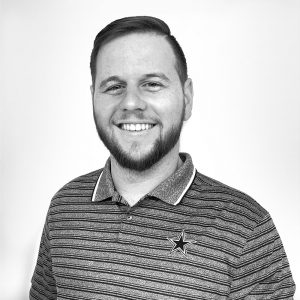This content has been archived. It may no longer be relevant
It seems that everybody is doing end-of-the-year lists, so I thought I would do one too (courtesy of Physics World). I am always the first to admit that much of the science-related stuff I blog about doesn’t have a direct correlation to marketing (although I try to make it seem so), but sometimes science just needs to be promoted for science sake. So courtesy of Hamish Johnston, editor of physicsworld.com, here are their top 10 breakthroughs of 2011.

